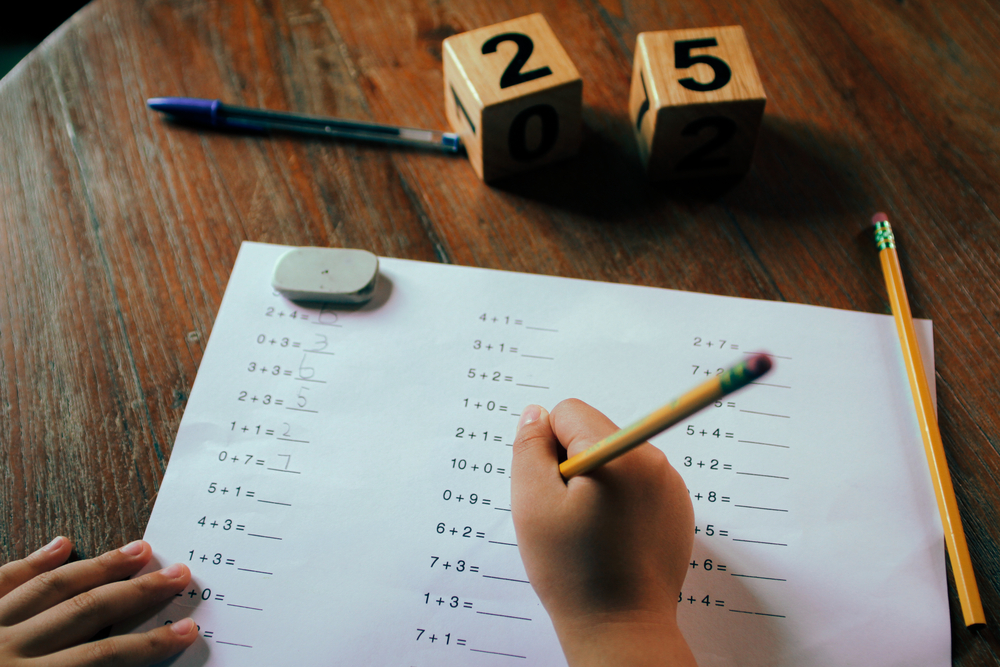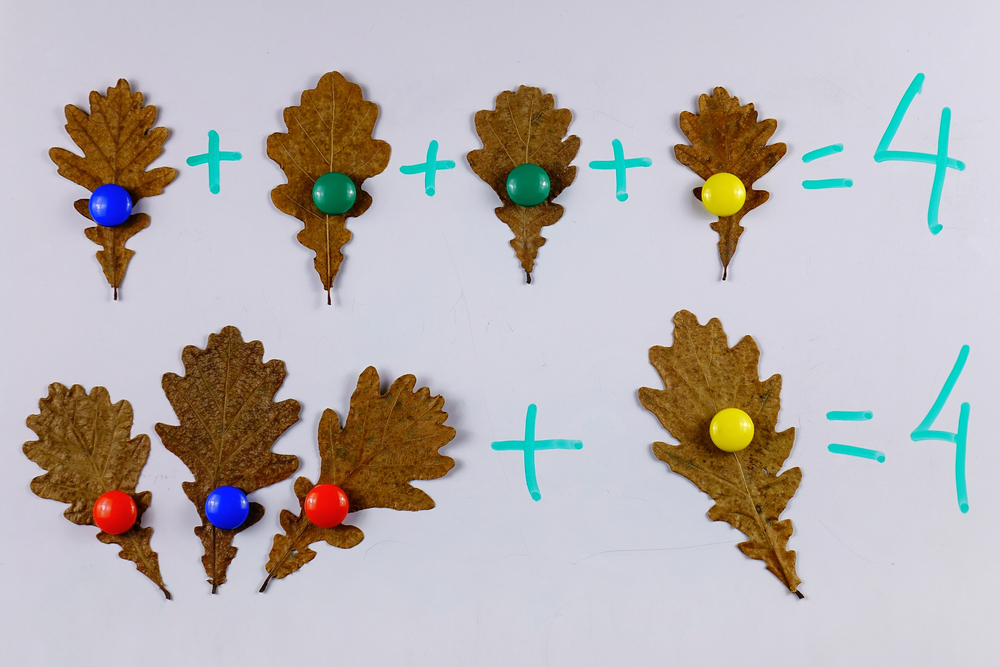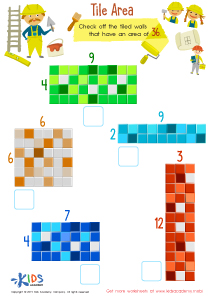Number Recognition Normal Numbers Worksheets for Ages 6-7
83 filtered results
-
From - To
Welcome to our Number Recognition Worksheets for children aged 6-7! These engaging, printable resources are designed to enhance your child’s understanding of normal numbers through enjoyable and interactive activities. Our worksheets focus on developing number recognition skills, promoting confidence in counting, and helping young learners connect numerical symbols with corresponding quantities. Each worksheet features vibrant designs and age-appropriate exercises that cater to varying learning styles. Whether it’s tracing, identifying, or counting numbers, our activities make learning fun and effective. Help your child build a strong mathematical foundation with these essential number recognition worksheets today!
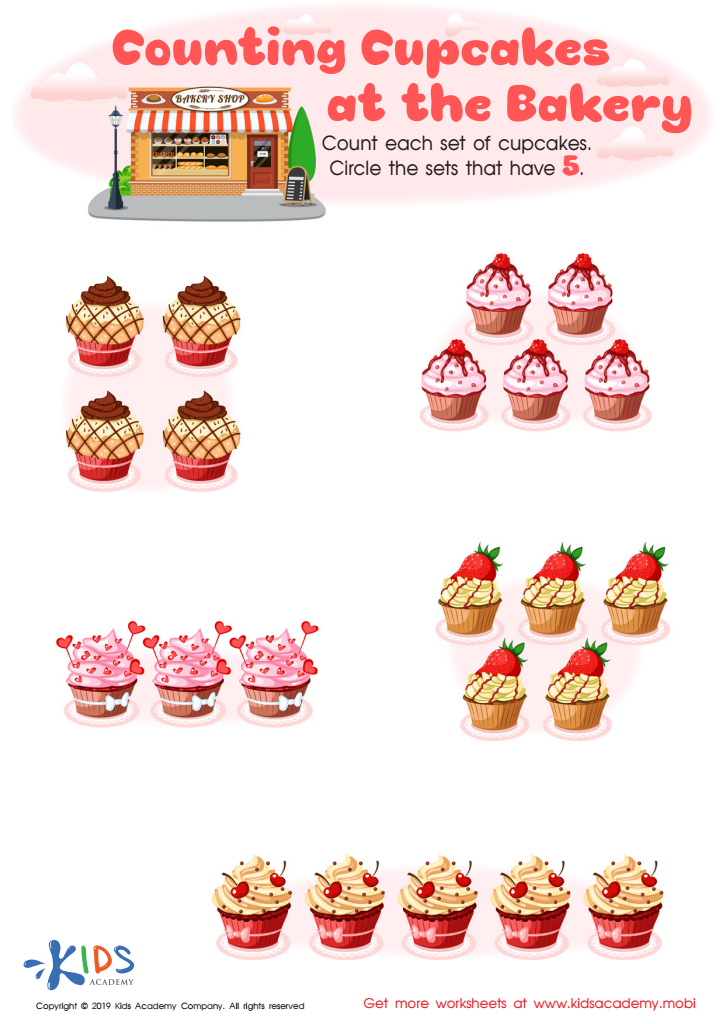

Counting Cupcakes Worksheet
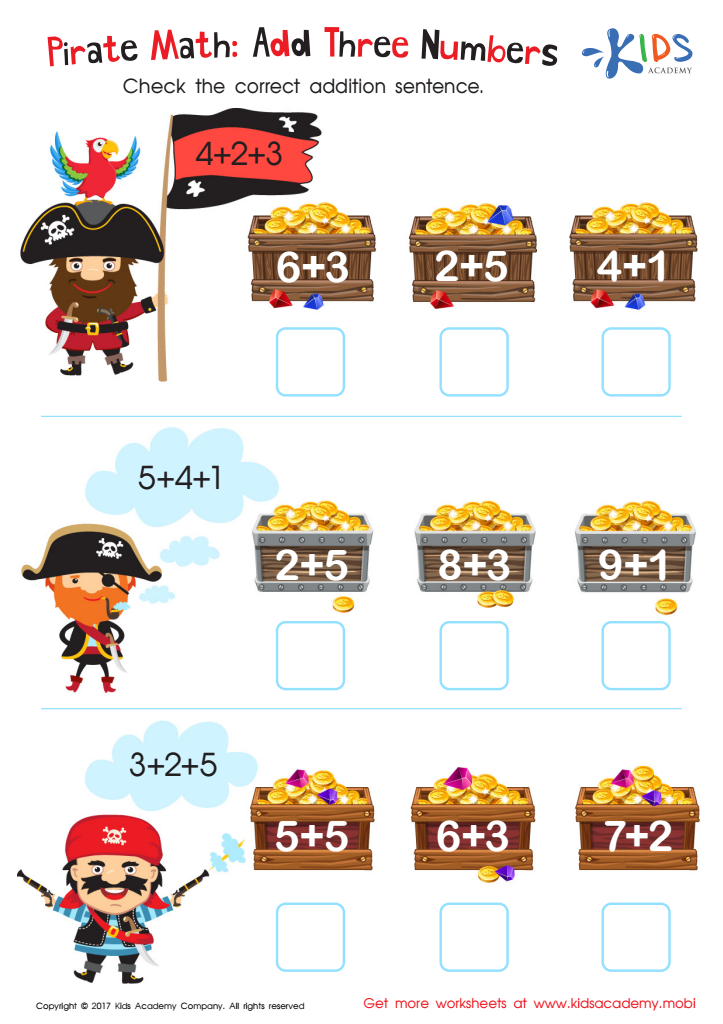

Pirate Math Printable
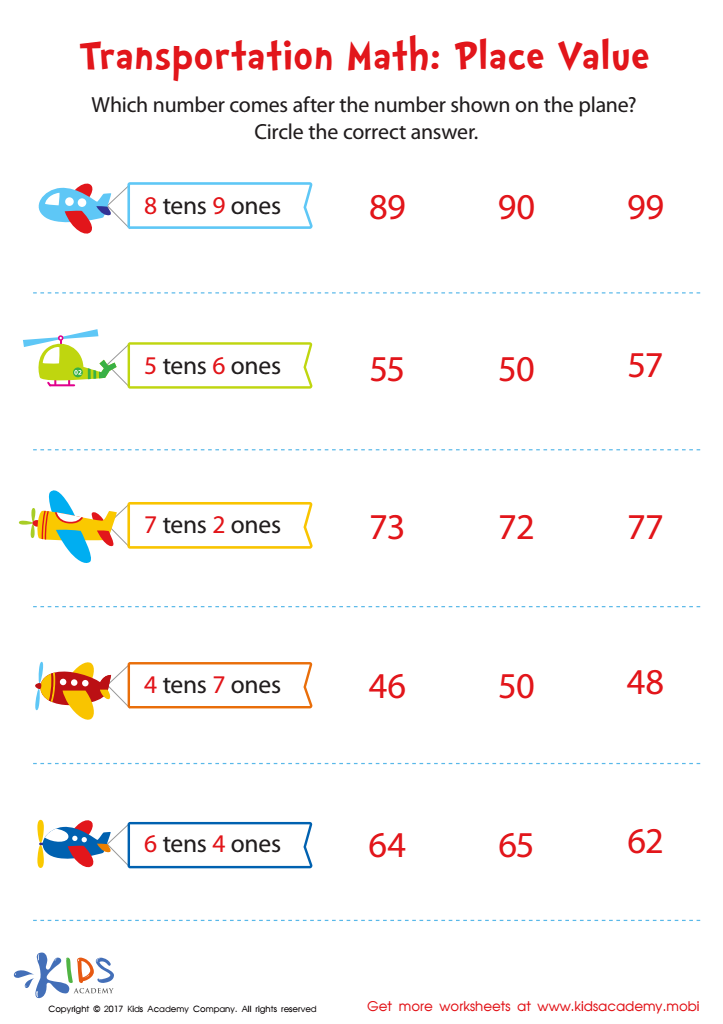

Transportation Math Printable
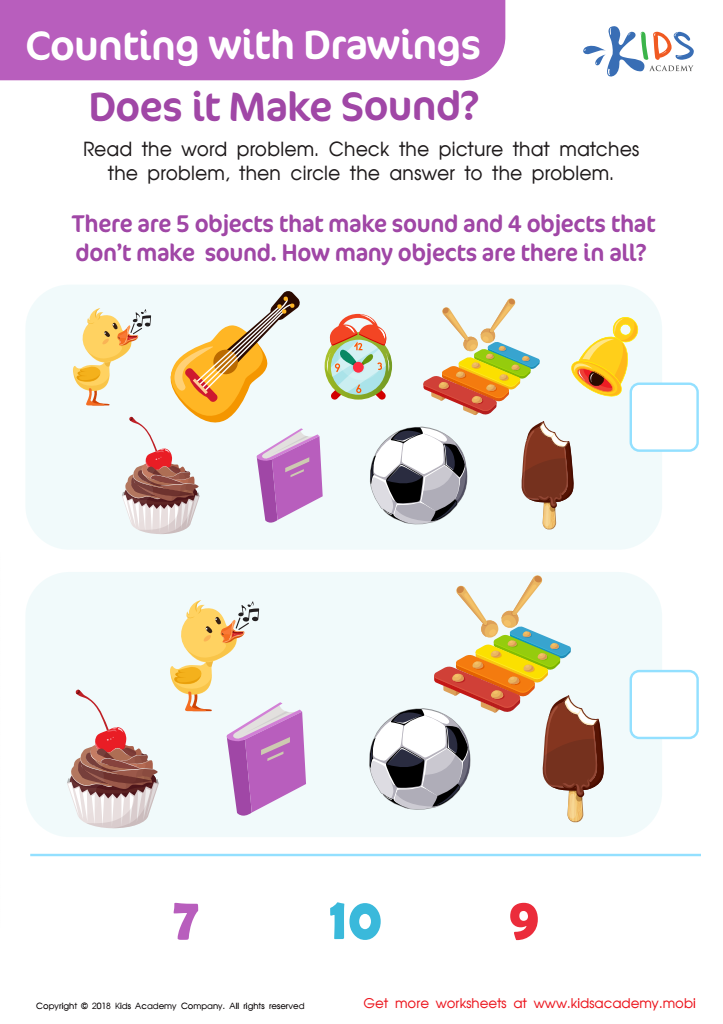

Counting With Drawings. Does It Make Sound? Worksheet
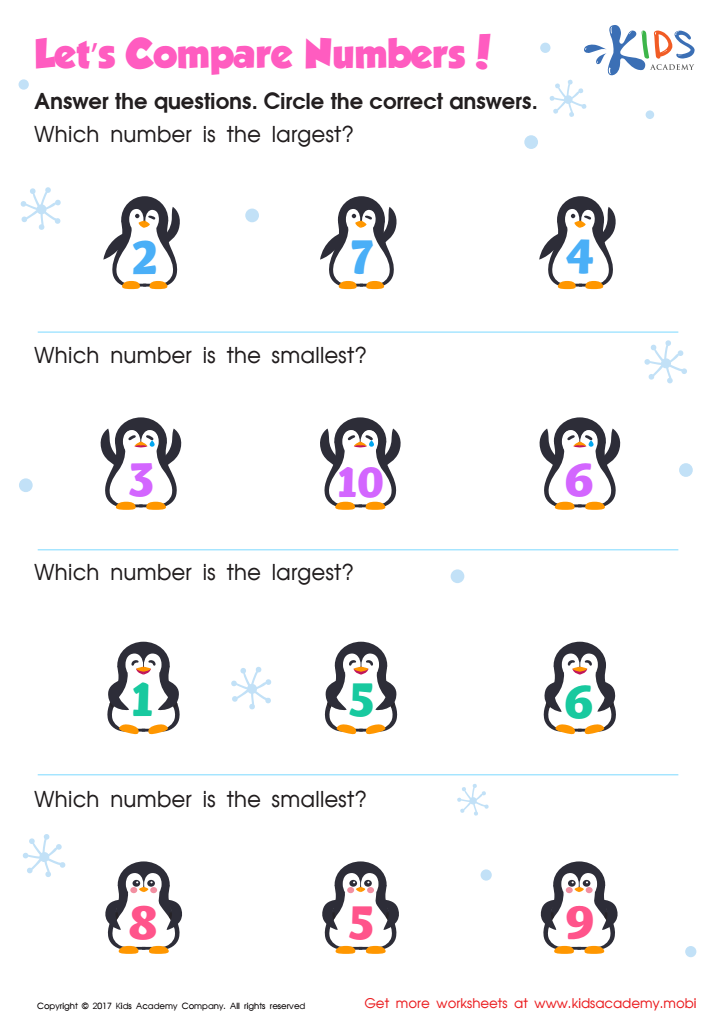

Comparing Numbers 1–10 Worksheet Kindergarten
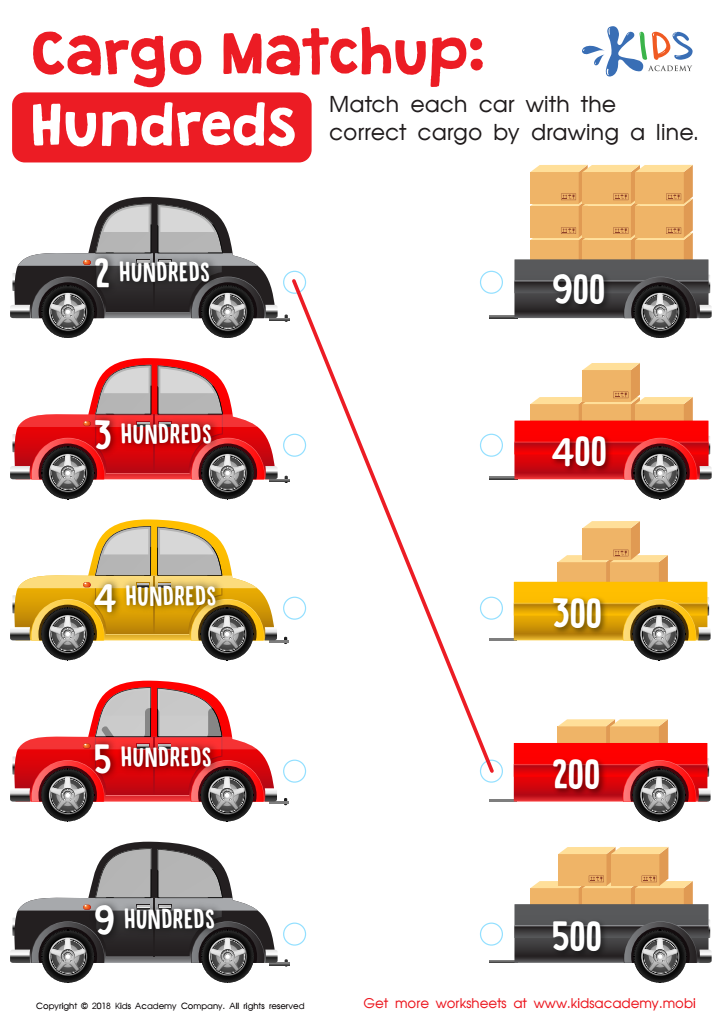

Cargo Matchup: Hundreds Worksheet
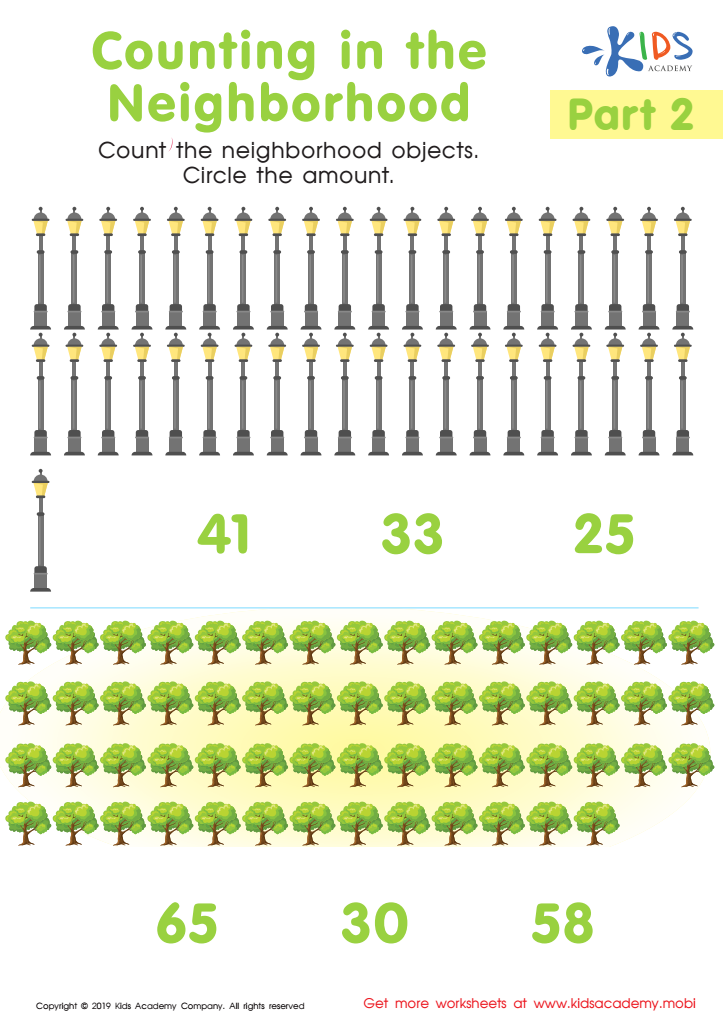

Counting In The Neighborhood Part 2 Worksheet


Air Balloon Math Worksheet
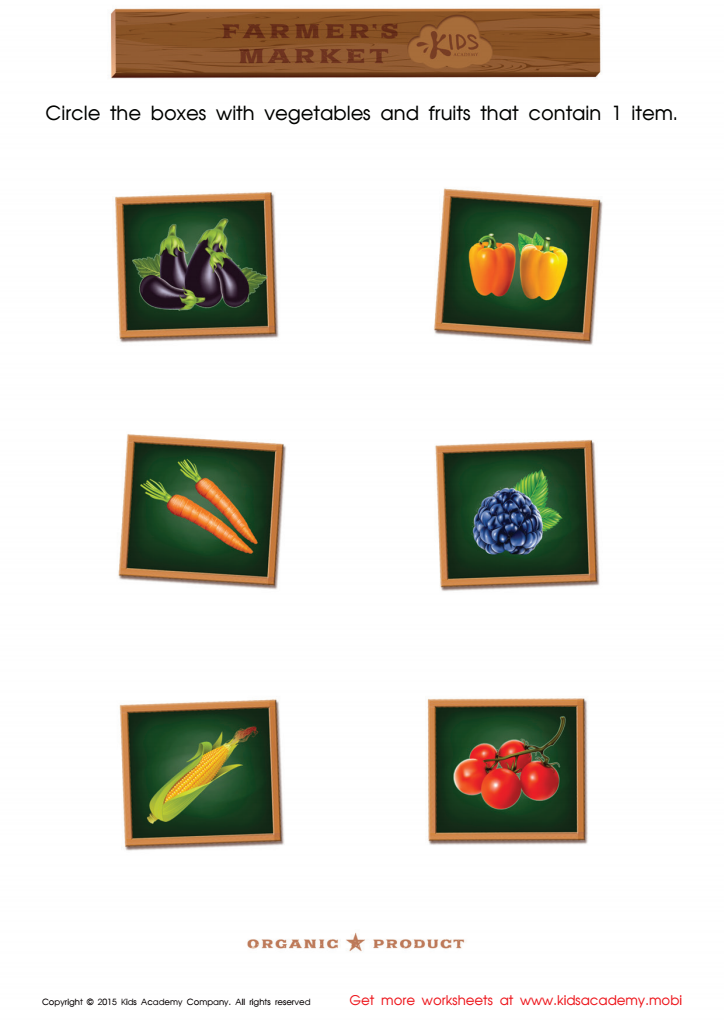

Count and Match Boxes with Vegetables
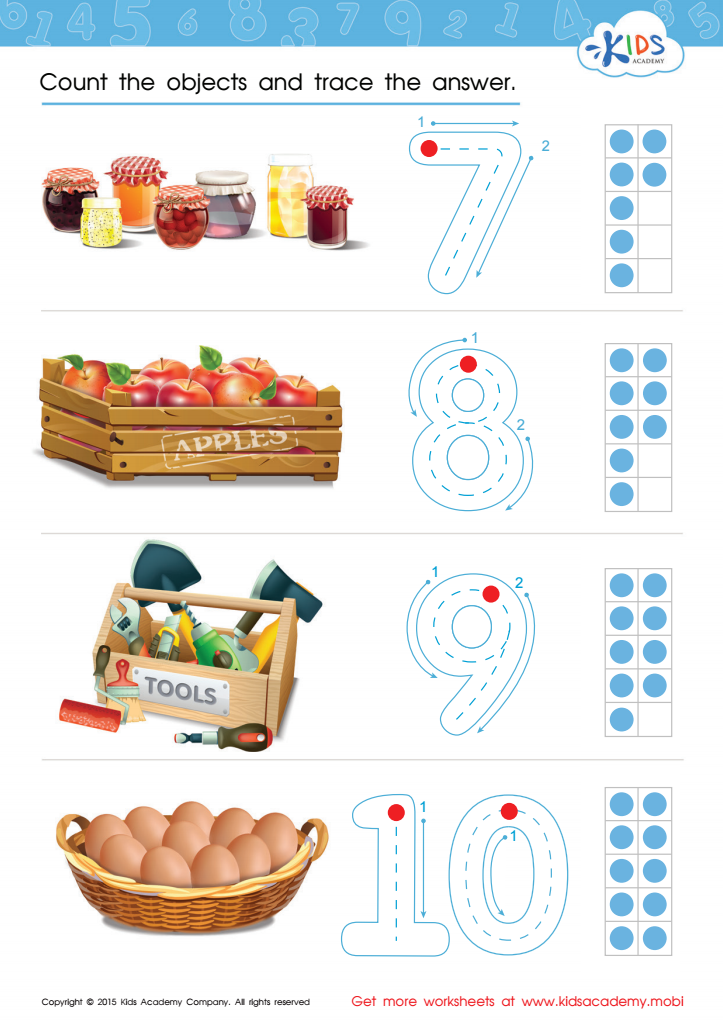

Count and Trace 7 – 10 Worksheet
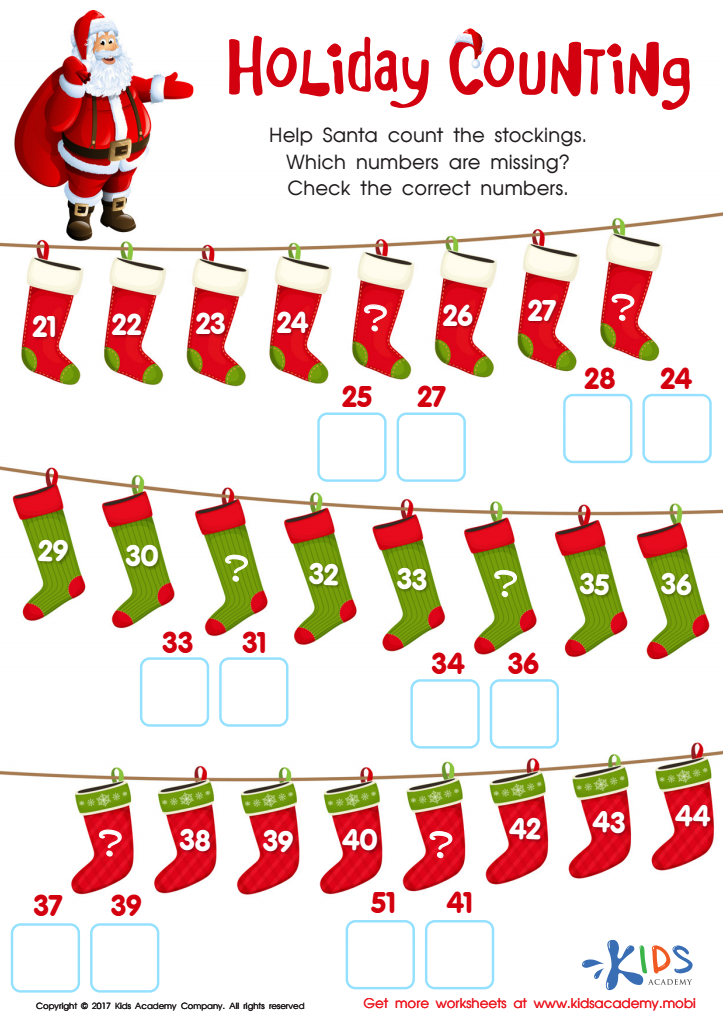

Holiday Counting Worksheet
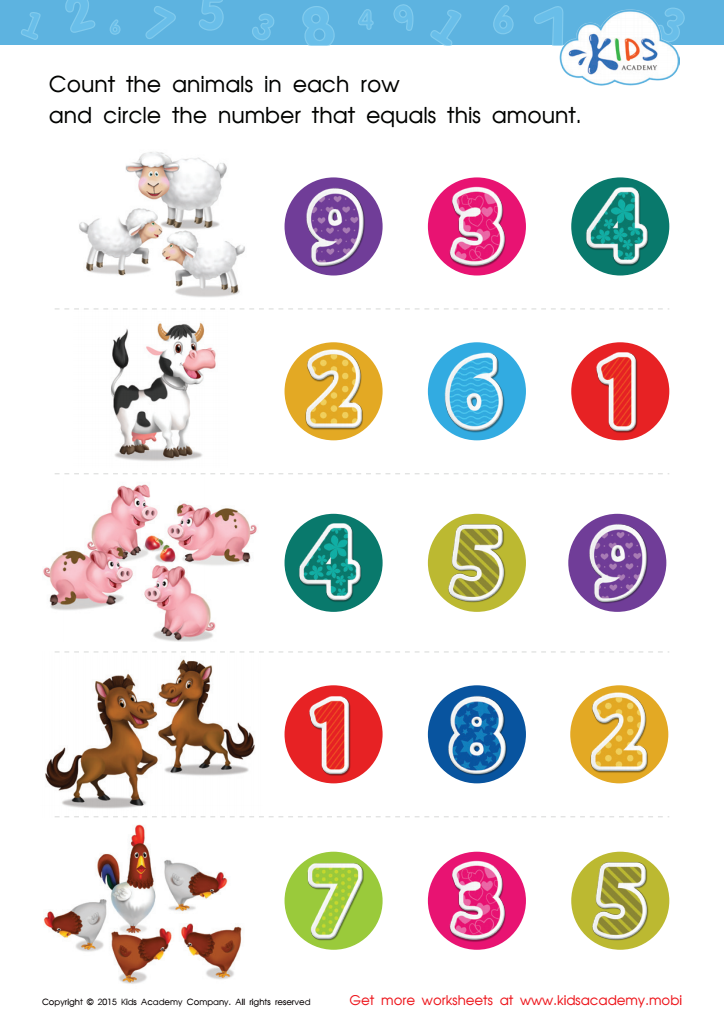

Count and Match 1 – 5 Math Worksheet


Animal Features Worksheet
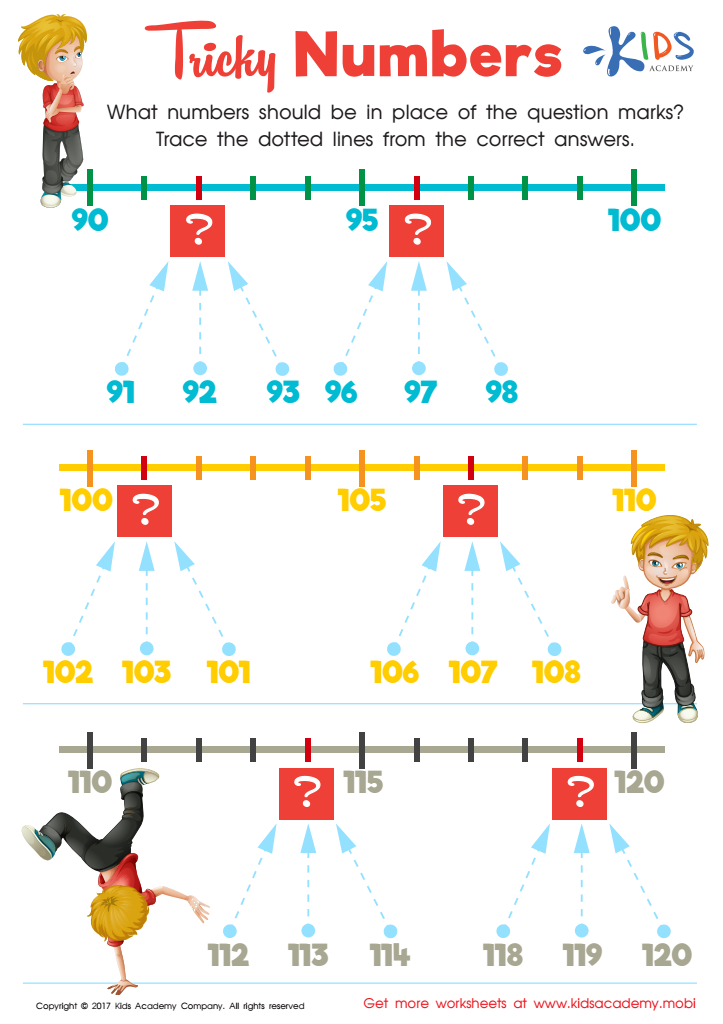

Tricky Numbers Worksheet
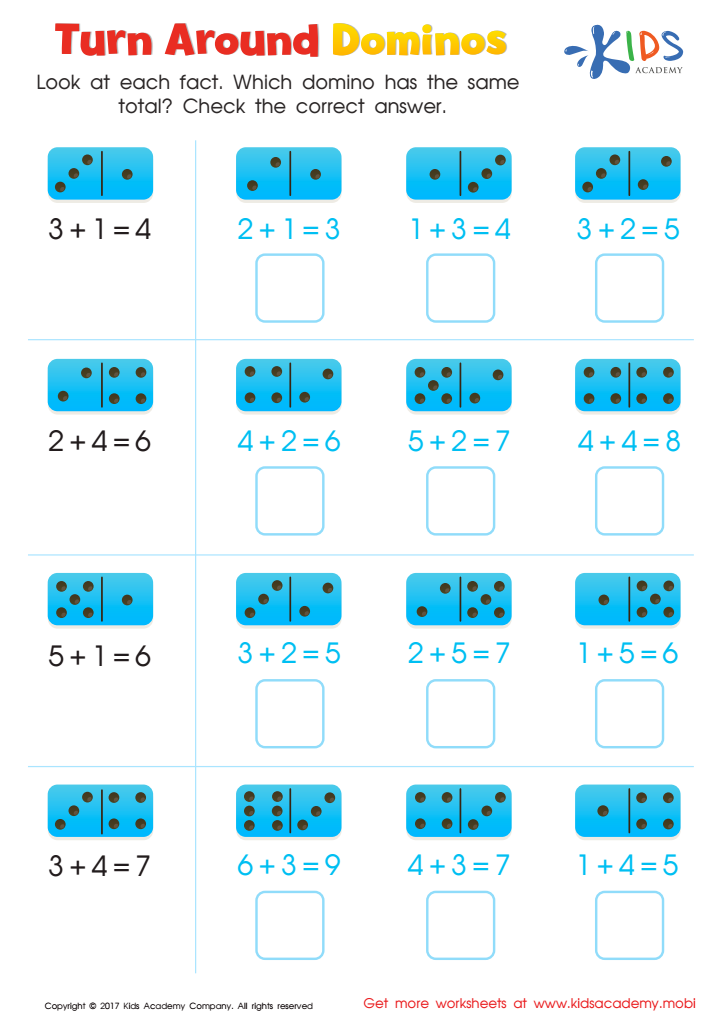

Turn Around Dominos Worksheet
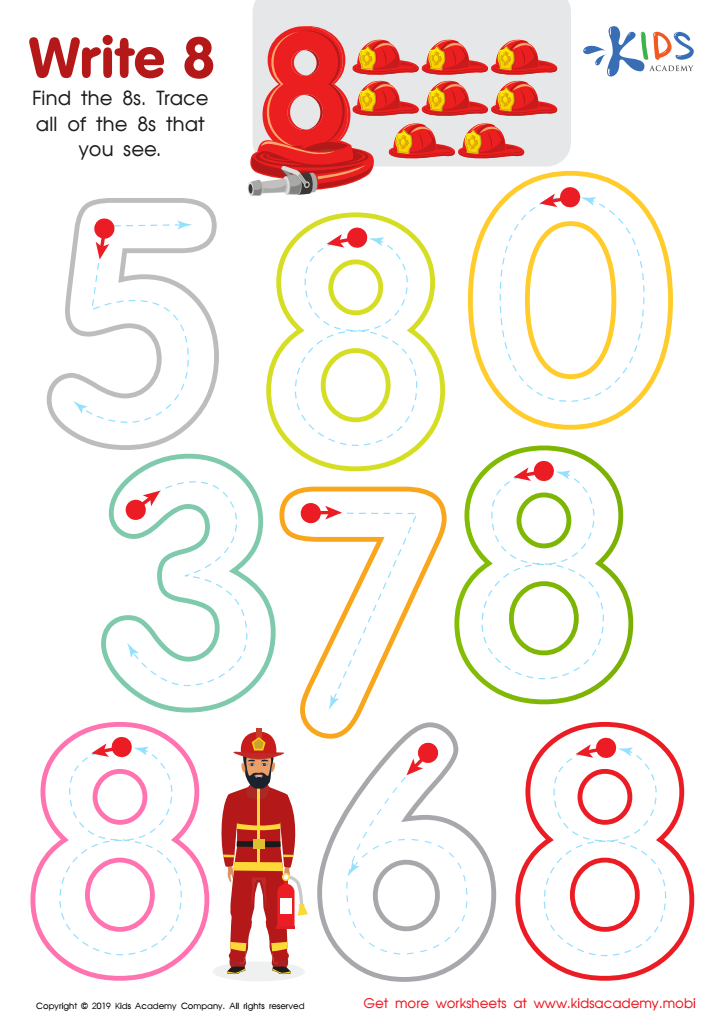

Write 8 Worksheet


Compare Numbers Printable
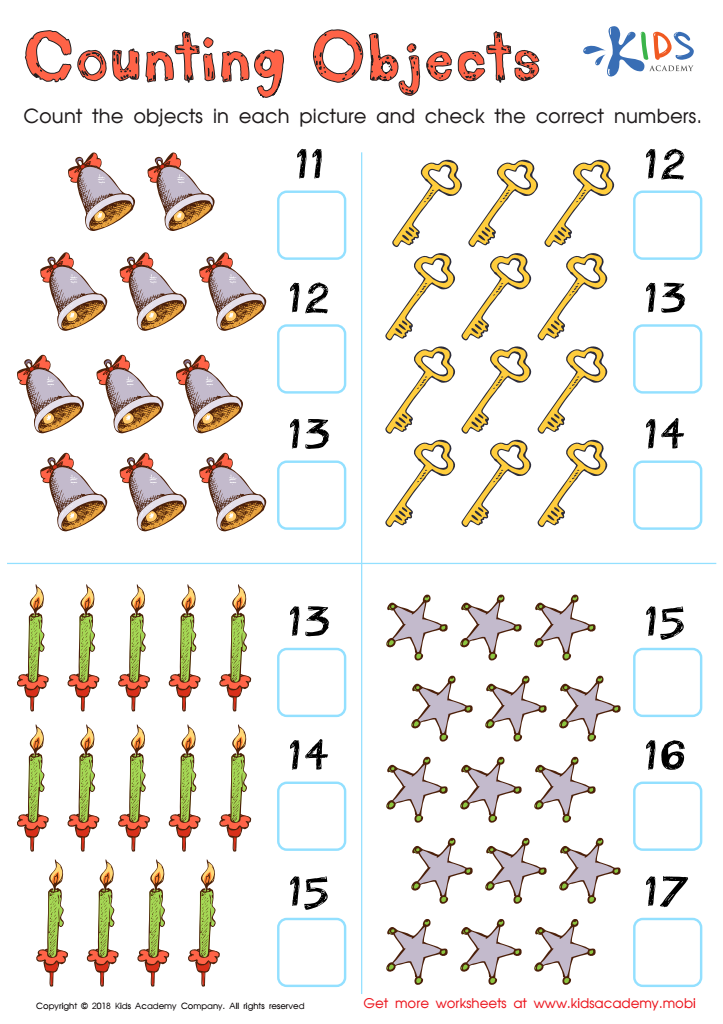

Counting Numbers Worksheet For Kindergarten
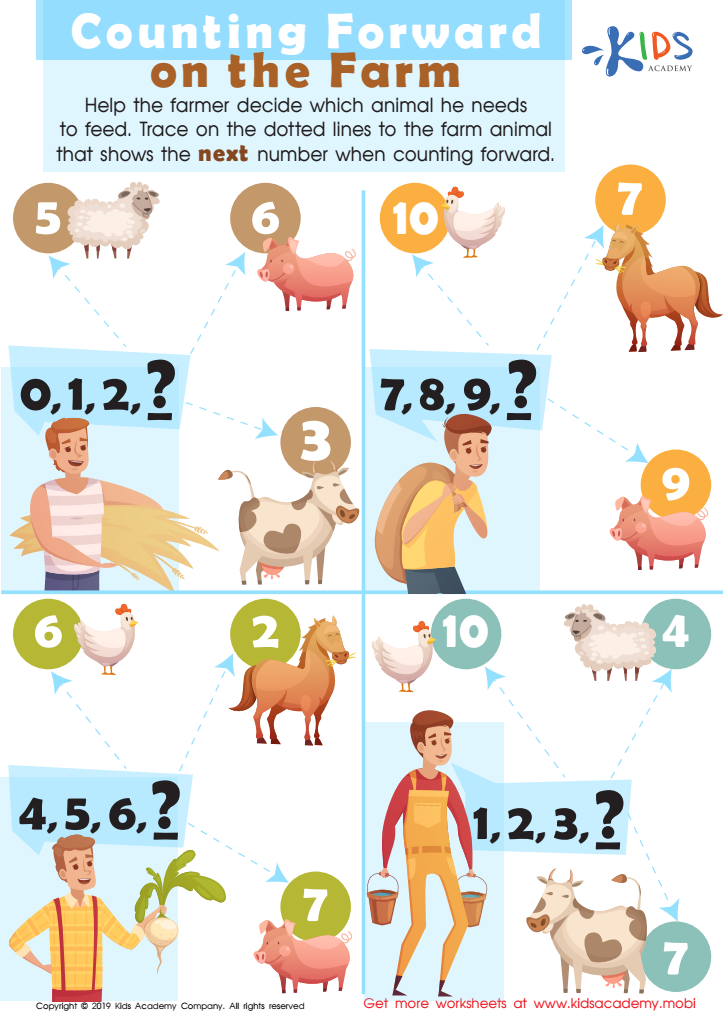

Counting Forward On the Farm Worksheet
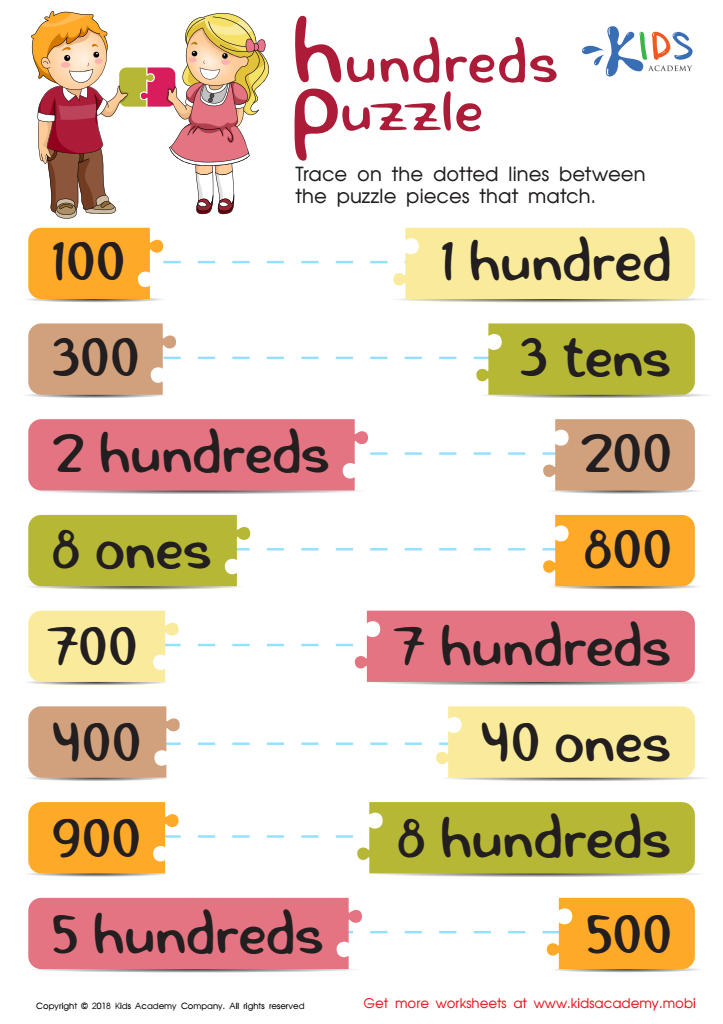

Hundreds Puzzle Worksheet
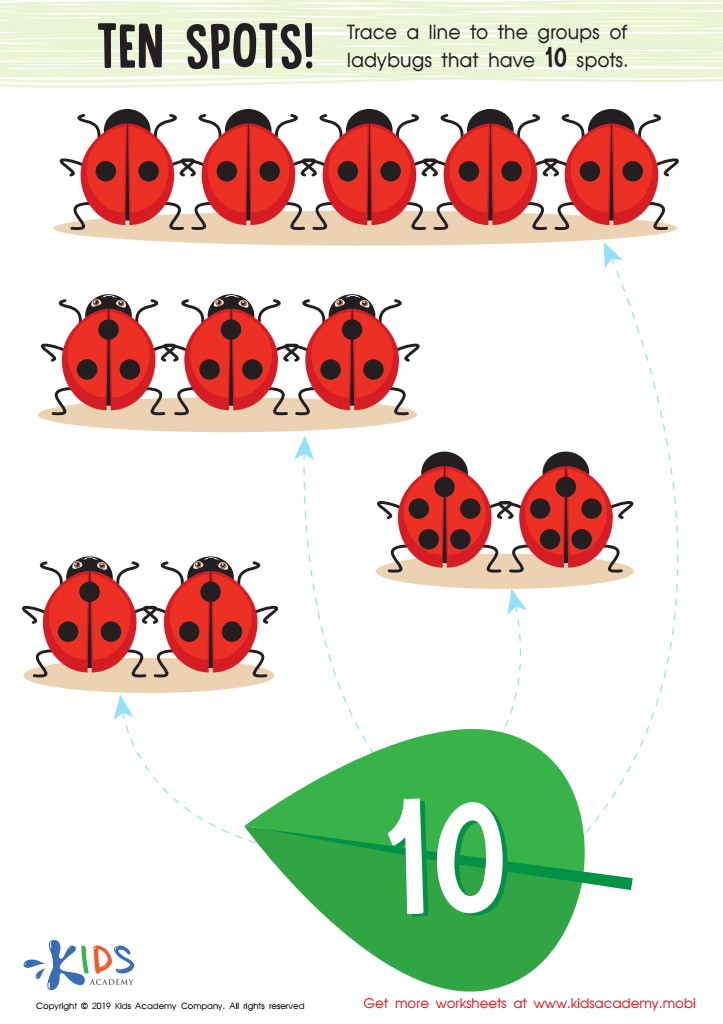

Ten Spots Worksheet
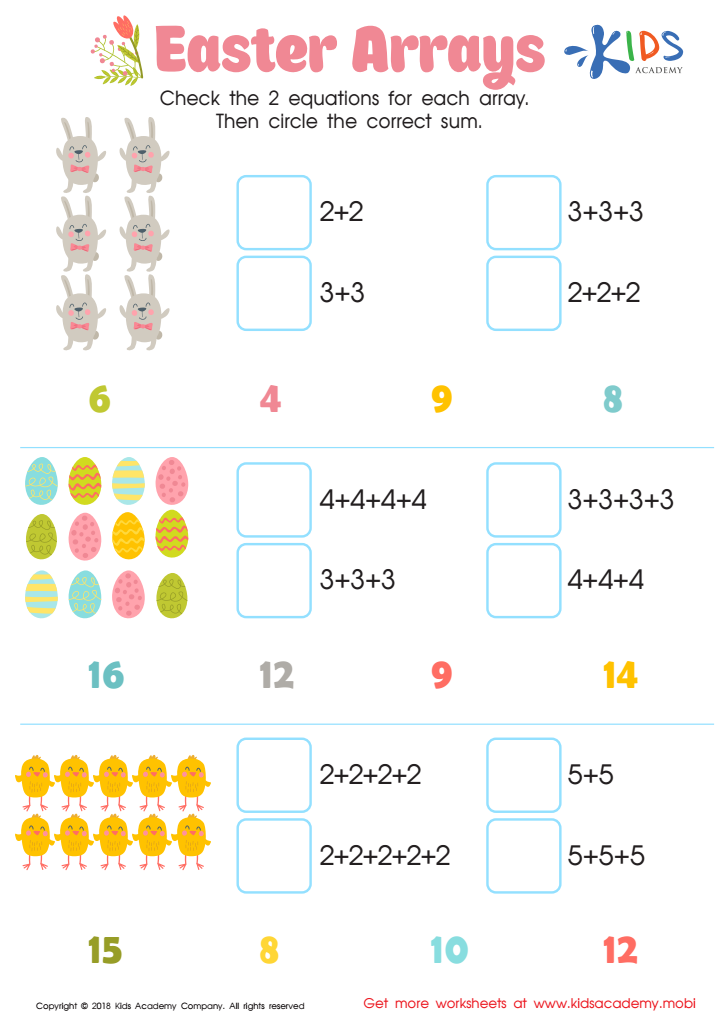

Easter Arrays Worksheet
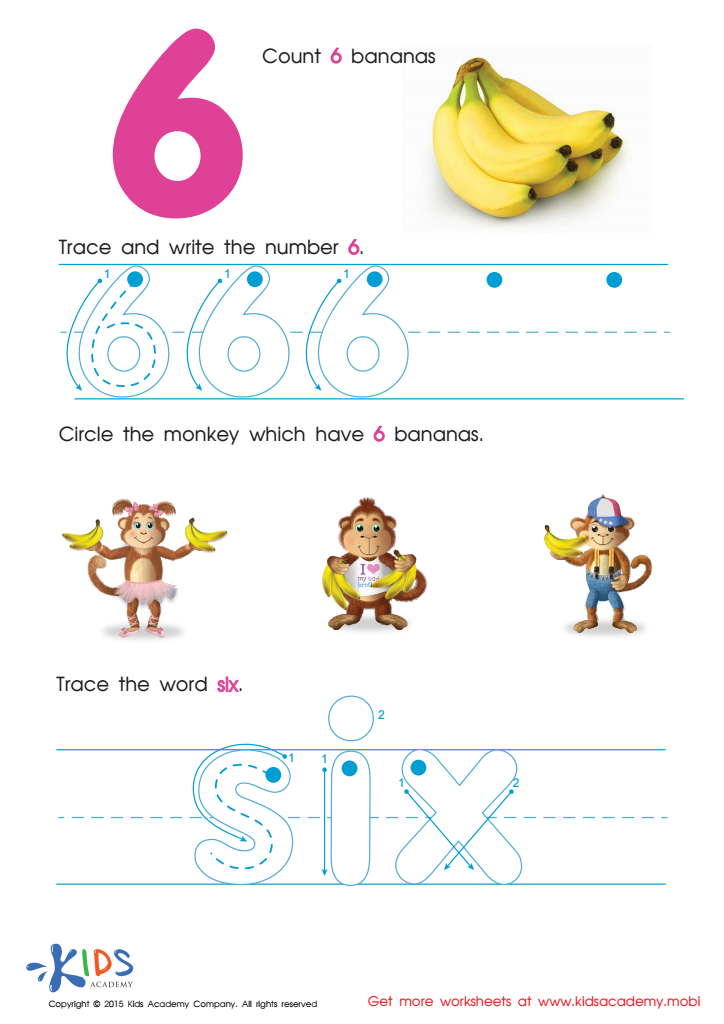

Tracing And Writing Number 6 Worksheet
Number recognition is a foundational skill that serves as the building block for future mathematical learning. For children ages 6-7, this ability to identify and understand numbers is crucial as they begin to transition from basic counting to more complex concepts like addition, subtraction, and even problem-solving.
When parents and teachers prioritize number recognition, they are not merely focusing on the memorization of numbers; they are fostering critical thinking and cognitive development. At this age, children are naturally curious, absorbing information from their surroundings. By emphasizing number recognition, adults can help children make connections between numbers and their real-world applications, such as understanding quantities or comparing values.
Moreover, children with strong number recognition skills tend to experience more confidence in math-related tasks, setting a positive tone for their academic journey. This confidence can translate into improved performance, not just in mathematics, but across subjects since numeracy skills are essential in various academic areas.
Involving parents and teachers in this process can create a supportive learning environment, reinforcing the importance of number recognition both at home and in the classroom. Simply put, nurturing this skill helps cultivate competent, confident learners who are better prepared for their educational future.
 Assign to My Students
Assign to My Students






